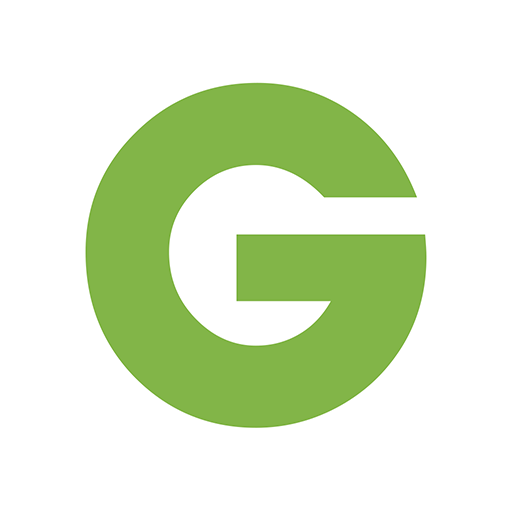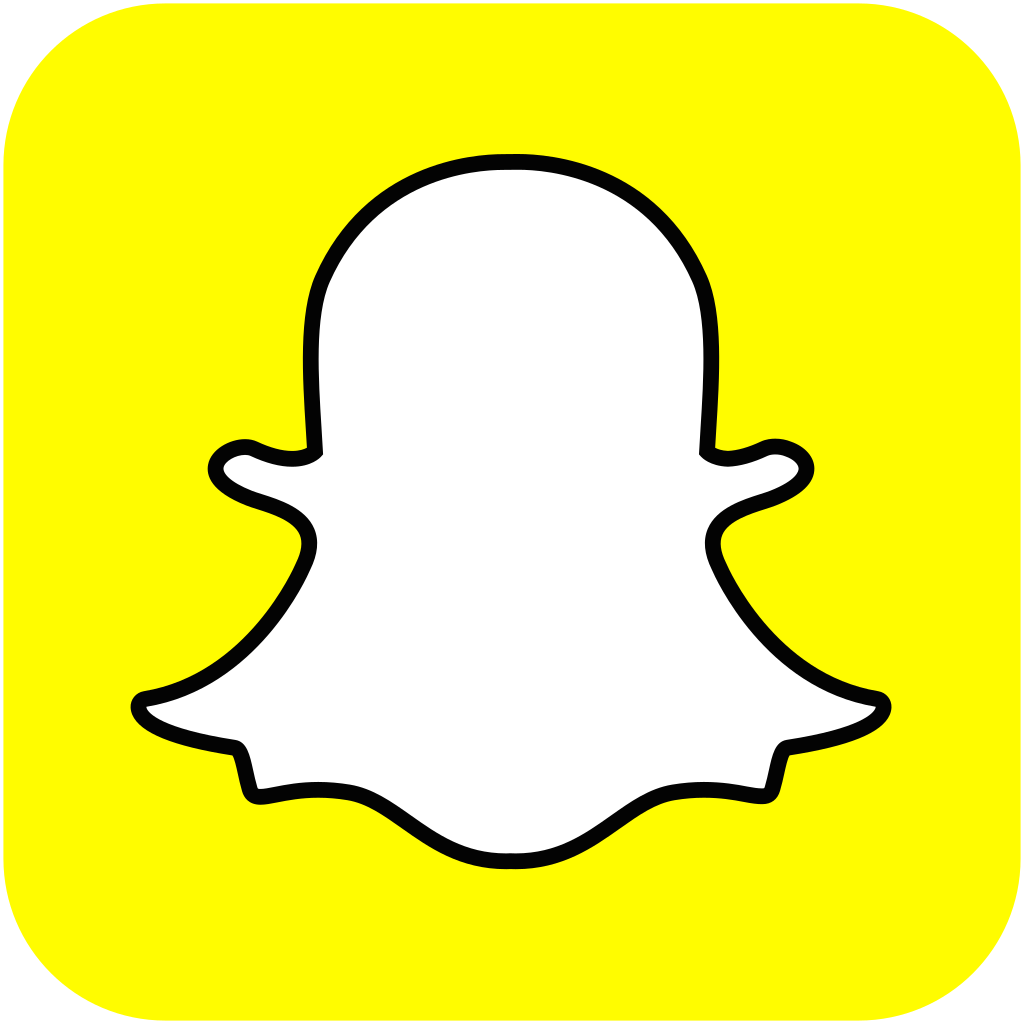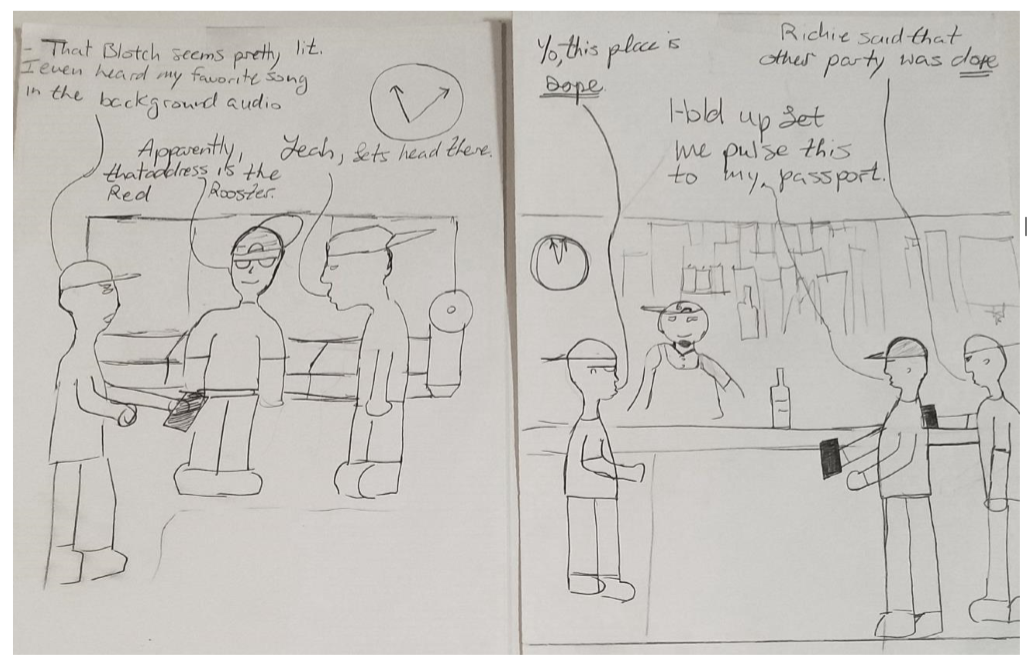In the Fall of 2016, I begun a user centered design project, nicknamed “pulse”. It started as a sociological question centered on relieving the common sentiment of “Fear of Missing Out”. The below are excerpts from my research proposal and results, PRIOR to the release of the snapchat map application.
I engaged in a user-centered design process around the idea of a service that would cater relieving the sensation of FOMO (Fear of Missing Out) through crowd-generated geo-contextual information.

Important Questions:
1: What is the primary factor that goes into social outing decision making?
2: At what point in a user’s journey is FOMO most of an issue?
3: How comfortable are people sharing their data real time?
1: What is the primary factor that goes into social outing decision making?
2: At what point in a user’s journey is FOMO most of an issue?
3: How comfortable are people sharing their data real time?
What are the Current Trends and State of the Art
As social media has emerged as the primary platform of communication of information, quite a bit of literature has been written analyzing the phenomena associated. In case of my design, its novelty hinges of the willingness of individuals to share real-time information about their activities and whereabouts, both identifiable and anonymized-aggregated.
Current research by the pew research center states that teen use of social media and sharing of private, identifiable information is on the rise.

Use of the network twitter among total online teens increased from 16% to 24% percent between 2011 and 2013. This trend not only indicated more participation in the social networks, but more willingness to share “private” information. This trend is occurring with location sharing as well. 16% of teens have online accounts that are automatically set up to share location data. 26% of teens on twitter enable location services. (Madden, et al., 2013)
However, there is still a high amount of concern over location using among even the internet’s most liberal group of sharers. The pew research group conducted a focus group that revealed that most teens were still wary about posting location data; citing the opportunity to be robbed or stalked.
Synthesis of Current Trends
The mixture of social media and business advertisement is inevitable across platforms. I would like to make that relationship ubiquitous under the guise of social planning. Secondly, use of geo-tagging currently is not frequent enough due to privacy concerns. I propose using aggregate data that is non-identifiable to ease user concerns while also being able to generate heat maps.
Furthermore, information location will not be continuously tracked and only offered the aggregate data pool when the user give permission. Creating the environment of a social network is also imperative to the success of this application from a information/big data generation standpoint (Shelton, 2015). The reward of a social network will be what promotes users to use the application and generate the aggregate information. However, I don’t want lack of social capital to be a barrier to the success of use.
Users should be able to build social capital easily or transfer it from previous social networks. Furthermore, as service is primarily an information application, users should not require robust networks to make the application work for them and determine what is happening in their region.
Prior Art

A platform that’s been around prior to Facebook, Meetup specializes in the formation of new connections through group activity. Typically, a user will sign up for groups that pertain to their individual interests. They will then be alerted to activities planned by the group admins. The search of groups can be geo-centralized. In addition, users can see who has RSVP’d to events, much like Facebook events. There is no real-time feedback about how events are transpiring. Many users are either individuals with large amounts of social capital trying to build, or users with very little social capital and new to a community. (Sander, 2005

Group-on allows users to view deals and offers from vendors in a centralized platform. Special offers and deals can range from reduced fairs and trips to free classes. Users can search for deals by time and location. The primary purpose is to connect businesses and users as opposed to social life planning. However, the solution space being explored in this project is related as typically vendors sponsor social gatherings to plug a business play. Connecting users and businesses in this context is a ubiquitous way to advertise. (Dholakia, 2010)

This is perhaps the most widely accessed platform that could be discussed. Facebook Events is accessible to all Facebook users. In the past, events were completely network-generated; meaning that the events users could view were only from individuals or pages they allowed within their network. If friends made a public event or a private event in which the user was invited to, the user was notified. Recently, the interface was expanded. Now users can look up events coming up in the area nearby them. They can also view events by category and sort them by calendar date. Its usefulness is still primarily network event based, but has expanded to informing individuals on events in the physical region and location. (Paris, Seery, & Lee, 2010)

Updated Fall 2017: The Snap Map afford users the ability to see on-goings around them and around the world via a GIS interface that heat-maps where publicly posted snapchats have been posted. This concept highlights the idea of Realtime contextual awareness of what is going on in ones environment. The heatmap UI indicates how recently something was posted to an area by marking it in red. Event clusters can be identified and explicitly labeled on the map. Furthermore, friends Bitmojis are also displayed on the map, should they choose to make that available, and individuals can see where they are.
This solution represents many of the design recommendation I divulged from research in 2016 including crowd generated, anonymized, media; Geolocation of publicly generated media and Friend-driven contextual awareness of events. Further user-research into this research will be conducted since it is new and represents a bulk of previously recommended design features.
What Snap Map does in comparison to a feature like Facebook events is it provides a real-time pulse of all things going on around you. However, it does not cater to providing auxiliary details that might help with making a decisions about where to spend a night. Facebook event pages are built to allow hosts to provide as many up-to-date details about an event as possible.
Prior Art Insights Summary
The platforms that provide search-and-discovery services can be divided in to finding-resources and social networks. On one hand, you have services that are tools by which people can use to plan. Sites like yelp and foursquare provide information about vendors around you. Granted, individuals do have established profiles on these sites, but it is not a network that individuals will be doing any significant amount of socializing on. People will only access them when they need them. On the other end, you have social networks that are trying to move into event planning by taking advantage of a user’s existing network data. However, the extent of the information that is provided and its relevancy depends on one’s network. Facebook events has come the close to bridging that gap, employing data from an individual’s most extensive network as well ambient data based on the region one is in and interest.
The solution space for this project must seamlessly combine both elements. To generate real time data on events, the participation of a fully-fledged social network is required. However, the tool needs to be robust enough to provide information to people without the requirement of many personal connections. It also needs to connect users and businesses to encourage their participation. An ideal model would be if you could harness the power of Instagram, a platform where users post strictly pictures of their exploits, for the use of search and discovery tools by analysis of the big, real-time data being generated.
User Research Insights
User research was conducted to start uncover how users really go about find out what was going on around them and planning nights/days out
Findings from Survey (20 Participants)

1: 80 percent students want to go out at night.
2: People generally aren't going out to meet new people by themselves. They are going out or staying in with friends, previously acquired.
3: Most people like the idea of Social Outings (i.e. interaction with groups of others in a leisurely manner).
4: The number one channel of event information is still the grapevine. IE people still get most of their event information from friends. Facebook was the second most potent event database, but even this tool takes advantage of friend networks. Google, Yelp, Eventbrit3e and Instagram which are typically more self-discovered events are employed but to a lesser extent.
5: When making decisions on which events to go, the most statistically important factors, in order of importance, are the monetary cost of the venture, distance of travel required, atmosphere of the venue (music, theme, etc), and attendance of friends.
6: People make spontaneous decisions of how to spend their evenings nearly half the time they go out and are typically somewhat satisfied with their choices when they do.
7: Contrarily, there is more reliable satisfaction factor with planned choices.
8: On average, people experience the feeling of fear of missing out on a scale of a few times a month to monthly.
9: Fear of Missing Out does not have a major effect of where to go decision making for most people.
2: People generally aren't going out to meet new people by themselves. They are going out or staying in with friends, previously acquired.
3: Most people like the idea of Social Outings (i.e. interaction with groups of others in a leisurely manner).
4: The number one channel of event information is still the grapevine. IE people still get most of their event information from friends. Facebook was the second most potent event database, but even this tool takes advantage of friend networks. Google, Yelp, Eventbrit3e and Instagram which are typically more self-discovered events are employed but to a lesser extent.
5: When making decisions on which events to go, the most statistically important factors, in order of importance, are the monetary cost of the venture, distance of travel required, atmosphere of the venue (music, theme, etc), and attendance of friends.
6: People make spontaneous decisions of how to spend their evenings nearly half the time they go out and are typically somewhat satisfied with their choices when they do.
7: Contrarily, there is more reliable satisfaction factor with planned choices.
8: On average, people experience the feeling of fear of missing out on a scale of a few times a month to monthly.
9: Fear of Missing Out does not have a major effect of where to go decision making for most people.
Findings from Interviews (4 Participants)
"I Primarily [find out about what is going on through] word of mouth, then Facebook, and Groupme. With word of mouth, I might tend to forget the event, and then have to make a spontaneous decision. With FB and Groupme, I might forget to respond but they are best for details"
1: People, particularly students are social creatures. Students try to get out, and even if they don’t, they do not label themselves as homebodies and express a desire to attend social events.
2: Immediate human network seemed to be more reliable source of plan decisions. Siblings and Close friends, commitments to colleagues were the number one deciding factor.
3: Friends in combination with the internet are typically the number one source for determining events. This manifests itself in the form of social networks. Facebook, takes advantage of this by merging its event listings with information about what your friends are doing.
4: People a generally satisfied with the way their plans turn out. There was nobody who was have a bad time generally at social outings that was interviewed.
5: The sentiments were mixed when it came to exploring new places. People expressed a somewhat desire to do it, but not if it took them too far out of their comfort zones.
6: FOMO does occur with different people to varying degrees. However, most people don’t let it influence their decision making.
2: Immediate human network seemed to be more reliable source of plan decisions. Siblings and Close friends, commitments to colleagues were the number one deciding factor.
3: Friends in combination with the internet are typically the number one source for determining events. This manifests itself in the form of social networks. Facebook, takes advantage of this by merging its event listings with information about what your friends are doing.
4: People a generally satisfied with the way their plans turn out. There was nobody who was have a bad time generally at social outings that was interviewed.
5: The sentiments were mixed when it came to exploring new places. People expressed a somewhat desire to do it, but not if it took them too far out of their comfort zones.
6: FOMO does occur with different people to varying degrees. However, most people don’t let it influence their decision making.
Design Recommendations
1: Since friends are typically the number 1 driving factor in both event discovery and attendance, they need to be incorporated and given weight in any information visualization concerning contextual awareness of local events.
2: Fomo is not a driving factor in decision making, so while displaying everything going on might be valuable, displaying events relevant to the user would probably be a bigger value proposition.
3: Focus on highlighting events in peoples’ immediate vicinity. People don’t want to exert to much effort and will generally be satisfied with how their plans turn out anyhow.
4: Find some way to clearly identify the type of events going on in cluster. Atmosphere of the event is particularly important to people. They want to know the details.
Early storyboarding fall 2016

Friends are Struggling to find Plans for the Night

One friend suggests employing a tool called pulse that maps crowd generated media.

They are able to identify an event that is popular in the real time and attend.

One user adds his own media clip to the map of the cluster.